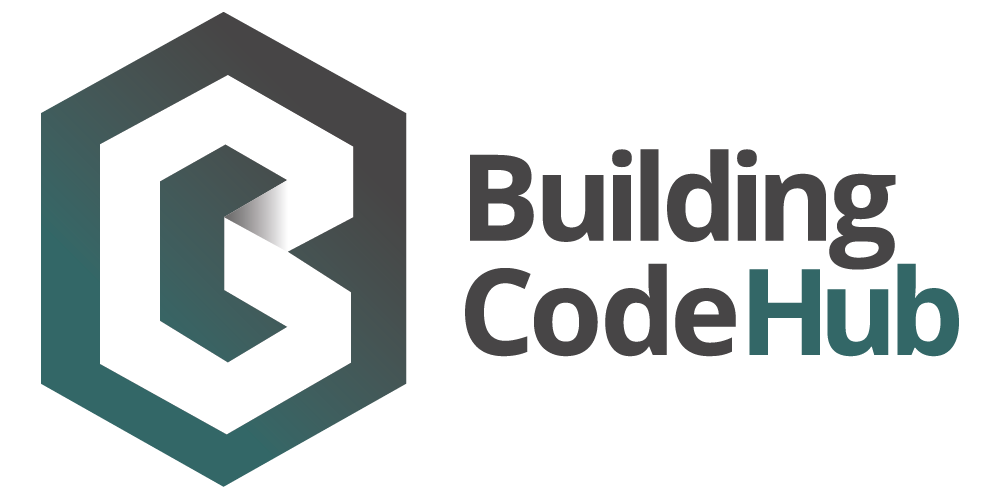Online Education - Geotechnical Engineering - Learning modules
- Abbreviation
- Learning modules - Geotechnical Engineering
- Valid from
- 1/01/2020
- Information provider
- Ministry of Business, Innovation and Employment
- Author
- Ministry of Business, Innovation and Employment
- Information type
- Online learning
- Format
- Website
Description
Sitting on the meeting point of two tectonic plates, New Zealand has a unique geotechnical makeup, with numerous risks.
Following the Christchurch and Kaikoura earthquakes, we learnt a huge amount about issues such as liquefaction, rockfall and earthquake-proof foundations that will be crucial for building now and into the future.
The NZ Geotechnical Society's liquefaction guideline was published just before the Canterbury 2010-2011 earthquakes. With learnings from the earthquakes, this guideline was updated as part of the series 'Earthquake geotechnical engineering practice guidelines' released by MBIE and NZ Geotechnical Society. It is now called Module 3: Identification, assessment and mitigation of liquefaction hazards.
Scope
The Geotechnical Engineering course currently includes three learning modules:
1. Liquefaction - mitigating hazards.
This module is designed for Geo-professionals with a background in soil mechanics and soil liquefaction theory will:
-
help you navigate Module 3
-
show you where you can find the information
-
go over the key changes from the first edition guidance
2. Rockfall - passive protection structures.
The guidance Rockfall: Design considerations for Passive Protection Structures has been released by MBIE. It was developed in response to the Canterbury and Kaikoura earthquakes.
This module is designed for Geo-professionals involved in the design of passive rockfall protection structures and regional/territorial authorities involved in consenting
This learning resource will help you understand the guidance and how it may be applied in practice. It follows Robin, a geoprofessional as he analyses a potential rockfall situation and what he undertakes to find the best solution.
3. Earthquake resistant foundation design.
Undertaking adequate geotechnical investigations to understand likely ground performance in earthquakes is an essential aspect of good and economic building design.
The Module 4 guideline Earthquake resistant foundation design is part of the series 'Earthquake geotechnical engineering practice guidelines' released by MBIE and NZ Geotechnical Society in 2016.
This module is designed for Experienced Geo-professionals, and will:
-
help you navigate Module 4
-
show you where you can find the key information on the topic
-
check your knowledge on important aspects of foundation design.
Estimated completion time for each module is 30 minutes.




